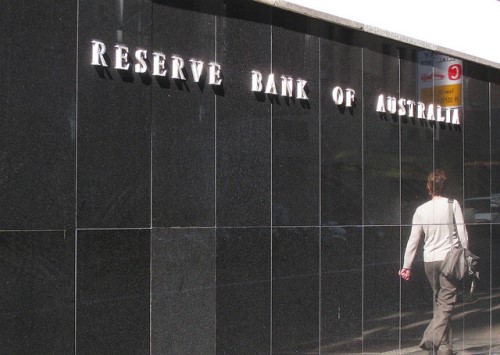
The Reserve Bank of Australia (RBA) has increased the cash rate 25bps to 2.60%, marking its sixth consecutive increase since May.
Here are some of the highlights from RBA Governor Philip Lowe’s latest monetary policy decision statement:
On inflation:
- This recent hike will help achieve the goal of bringing inflation back to the 2% to 3% range.
- Inflation in Australia is too high — while global factors drive this trend, strong domestic demand relative to the ability of the economy to meet that demand is also playing a role.
- Further increase in inflation is expected over the months ahead.
- Central forecast is for inflation to be around 7.75% in over 2022, above 4% in 2023, and over 3% in 2024.
On labour market
- Unemployment at its lowest in 50 years, down to 3.5% in August.
- Job vacancies and ads are at “very high” levels.
- Wage growth continues to pick up from the low rates of recent years but remains lower than in other advanced economies.
On sources of uncertainties
- Deterioration of global economy remains a key uncertainty.
- The impact of tighter financial conditions in household spending — higher inflation and the increase in interest rates put pressure on budgets.
- Full effects of higher interest rates yet to be felt in mortgage payments.
- Consumer confidence, house prices have fallen.
What’s next for cash rate
- This recent increase will help achieve a more sustainable balance of demand and supply in the Australian economy — necessary to bring inflation back down.
- Further rate hikes are expected over the period ahead.
- RBA will monitor global economy, household spending, wage, and price-setting behaviour.
PropTrack senior economist Eleanor Creagh said RBA’s recent rate hike will further increase the borrowing costs and shrink the capacity of borrowers.
“However, the lagged effect of rate rises, large share of variable rate borrowers ahead on repayments and borrowers on fixed terms yet to expire, means many mortgage holders are only now beginning to feel the impact of the initial rises,” she said.
Overall, the rate hikes have already reduced the borrowing capacity by around a quarter.
Here’s how borrowing capacities have changed since April — take note that the capacities in April were considered the baseline for these changes.
| Month + Rate Hike | Borrowing capacity ($) |
Change since April 2022 (%) | ||||
| April 2022 | 500,000 | 750,000 | 1,000,000 | 1,500,000 | 2,000,000 | 0.00 |
| May 2022 +25bps | 489,077 | 733,616 | 978,155 | 1,467,232 | 1,956,310 | -2.18 |
| June 2022 +50bps | 466,311 | 699,466 | 932,621 | 1,398,932 | 1,865,243 | -6.74 |
| July 2022 +50bps | 444,233 | 666,349 | 888,466 | 1,332,699 | 1,776,931 | -11.15 |
| August 2022 +50bps | 422,055 | 633,082 | 844,110 | 1,266,164 | 1,688,219 | -15.59 |
| September 2022 +50bps | 401,597 | 602,396 | 803,194 | 1,204,791 | 1,606,389 | -19.68 |
| October 2022 +25bps |
$391,962 | $587,944 | $783,925 | $1,175,887 | $1,567,850 | -21.61 |
Ms Creagh said there were hints that the RBA may soon adjust the pace of tightening based on the change of tone from the August rate hike.
"Whilst inflation expectations have risen, the lift has been moderate in comparison to other countries. The same is also true for the rise in inflation seen to date," she said.
"In combination with wage pressures that remain more modest in Australia, the board has been able to begin easing off the gas with respect to its tightening cycle."
While the conditions have given the RBA some room to slow the pace of its tightening cycle with the business as usual 25bps increase, it is unlikely to be the last rate hike.
CreditorWatch chief economist Anneke Thompson said while key indicators in Australia remained stable, there are early signs of easing in the labour force.
“The unemployment rate rose to 3.5%, although the overall number of employed people also increased; job vacancies, however, declined on a seasonally adjusted basis for the first time since the onset of the pandemic,” she said.
Furthermore, there are now 10,000 fewer jobs available in Australia compared to three months ago.
“This is a forward indicator for unemployment, and coupled with increasing labour supply through migration, we may have already witnessed our trough in the unemployment rate,” Ms Thompson said.
Ms Thompson said the RBA will be closely watching the job data in its future monetary policy decision, given how employment has been a key driver of consumers’ willingness to spend.
“If the unemployment rate does continue to ease, the RBA may choose to make more ‘wait and see’ decisions as we move through the remainder of 2022 and in to 2023,” she said.
Collections: Mortgage News Interest Rates RBA



Share